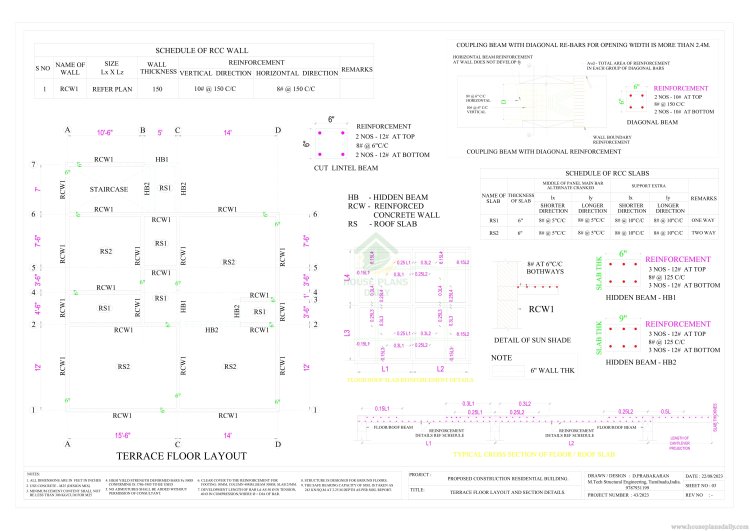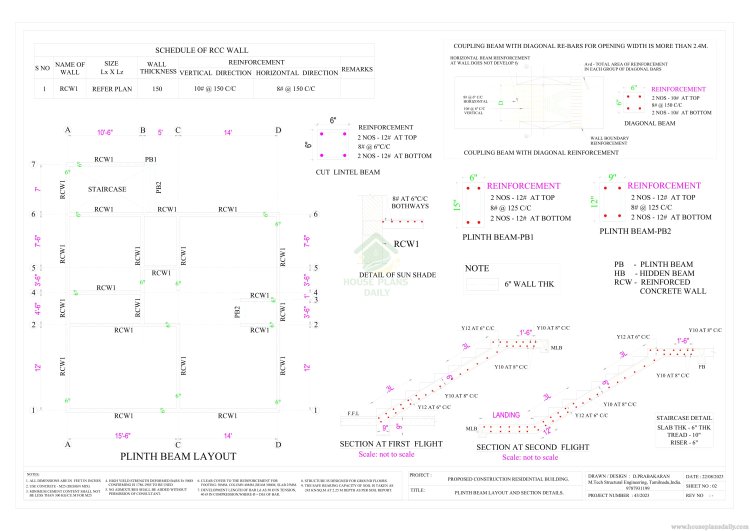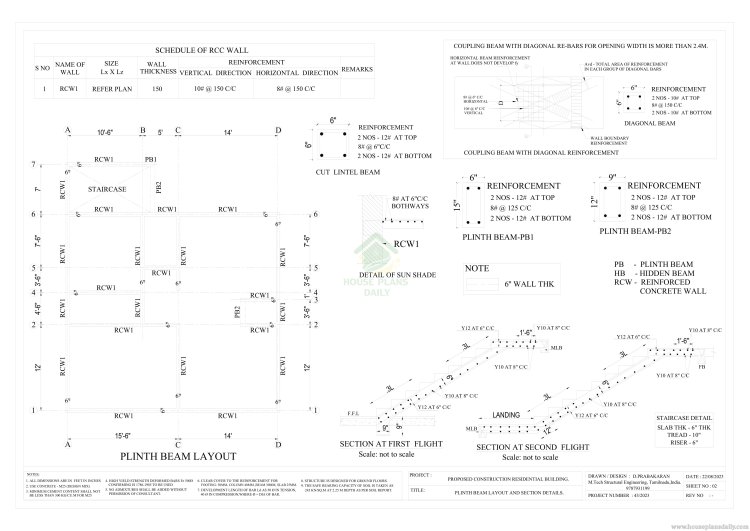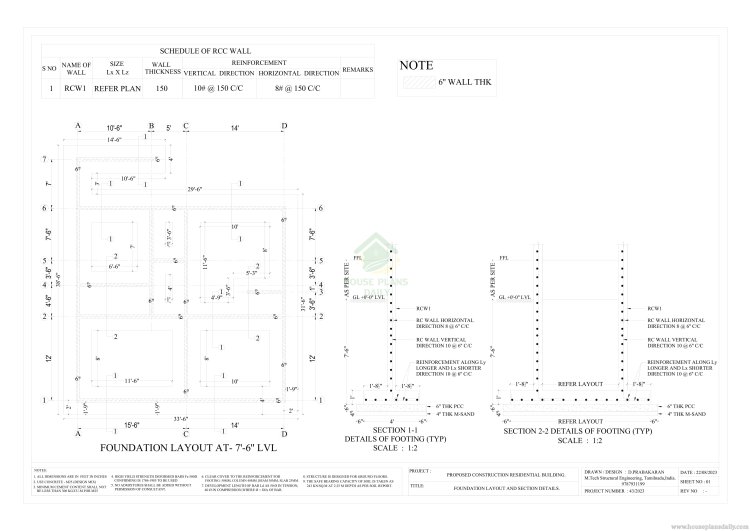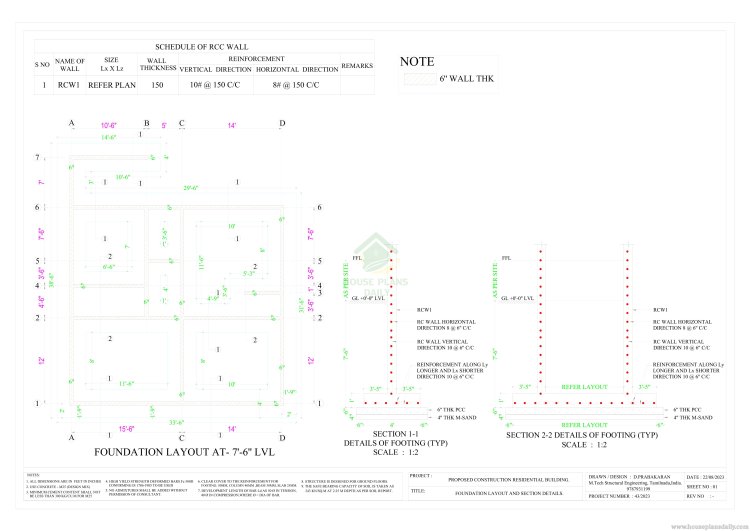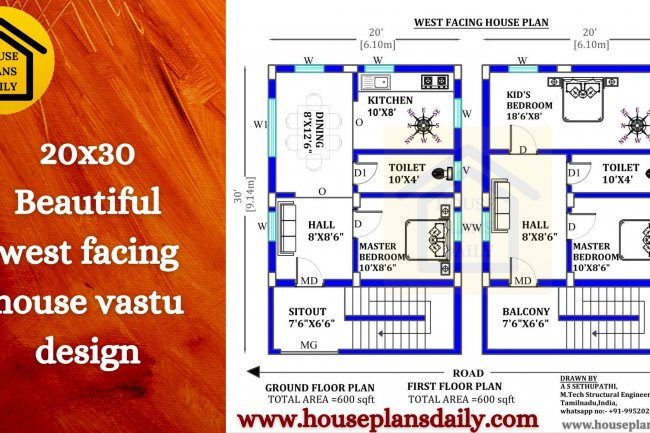50x60 South Road East Facing House Plan| Shear Wall Method
Discover the perfect 50x60 South Road East Facing House Plan with detailed images and information. Learn about the efficient Shear Wall Method for a sturdy and functional home design.
50x60 South Road East Facing House Plan| Shear Wall Method
Are you struggling to create a floor plan that is structurally sound and maximizes the available space? Look no further than the power of shear wall design. This often-overlooked architectural element can play a crucial role in determining the layout and efficiency of your floor plan.
Shear walls are vertical elements in a building's structure that resist lateral loads, such as wind or seismic forces. By strategically placing shear walls, architects can enhance the strength and stability of a building, allowing for greater flexibility in the floor plan.
Incorporating shear walls into your floor plan can have a significant impact on how your space is organized. They can provide support for heavy structural elements and distribute loads more efficiently, reducing the need for bulky columns or beams. This, in turn, opens up the possibility for more open and spacious layouts.
In this article, we will delve deeper into the hidden power of shear wall design and explore how it influences the overall layout of your floor plan. Discover how this architectural technique can unlock new possibilities for your space and create a more functional and aesthetically pleasing environment.
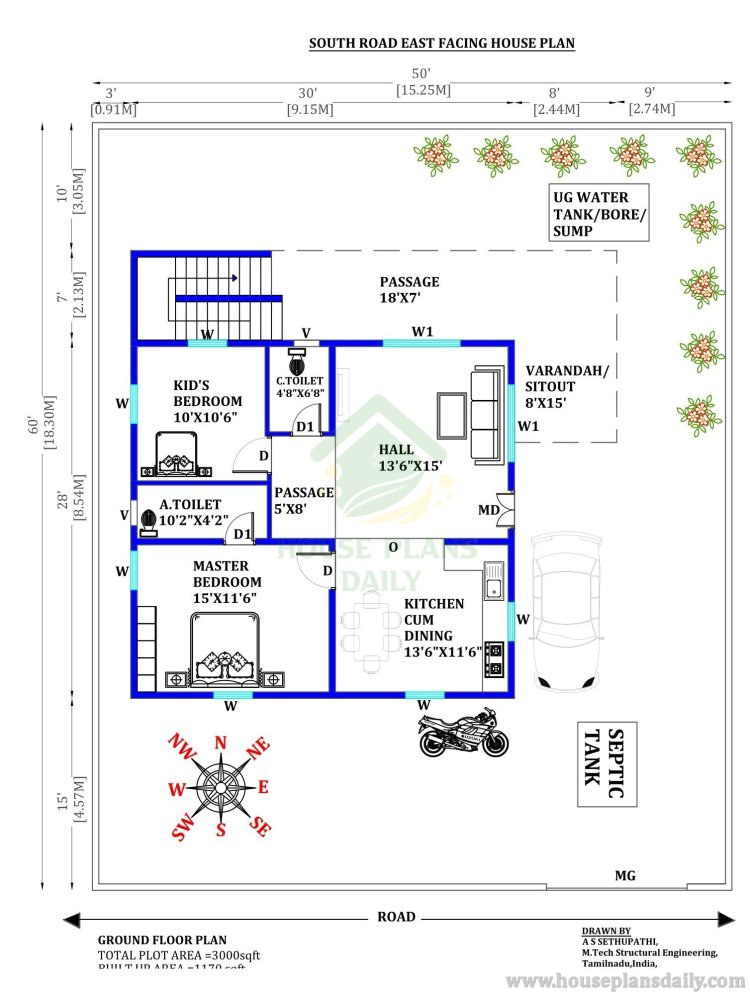
design of shear wall
Understanding the importance of shear walls in structural design
Shear walls are an essential component of modern construction, providing the necessary strength and stability to withstand external forces. They are typically made of reinforced concrete or steel and are strategically placed throughout a building to resist lateral loads.
The primary function of shear walls is to transfer the lateral loads from wind or seismic events to the foundation, preventing the building from collapsing. Without shear walls, buildings would be more susceptible to structural failure during extreme weather conditions or earthquakes.
In addition to their structural role, shear walls also contribute to the overall stiffness of a building. The rigidity provided by shear walls helps reduce the amount of sway or movement within the structure, creating a more comfortable and secure environment for occupants.
How shear walls influence the layout of a floor plan

Shear wall design
When designing a floor plan, architects must carefully consider the placement and configuration of shear walls. The location of shear walls can significantly impact the layout and efficiency of the space, as well as the overall aesthetics of the building.
One of the key ways shear walls influence the layout of a floor plan is by providing support for heavy structural elements. By incorporating shear walls strategically, architects can eliminate the need for bulky columns or beams that would otherwise disrupt the flow and functionality of the space.
Additionally, shear walls help distribute loads more efficiently throughout the structure. This allows for greater flexibility in the placement of walls, partitions, and other interior elements, ultimately resulting in a more open and spacious layout. Shear walls can also help create clear spans, which are highly desirable in spaces such as open-concept offices or large event venues.
Benefits of incorporating shear walls in building design

reinforced concrete shear wall analysis and design
The incorporation of shear walls in building design offers a range of benefits that go beyond structural stability. By leveraging the hidden power of shear wall design, architects and building owners can unlock new possibilities for their space.
One of the primary benefits of shear walls is their ability to enhance the overall safety of a building. By resisting lateral loads, shear walls help prevent structural failure during severe weather events or seismic activity, ensuring the well-being of occupants.
In addition to safety, shear walls also contribute to the energy efficiency of a building. By reducing the need for bulky columns and beams, shear walls allow for larger windows and increased natural light, reducing the reliance on artificial lighting and decreasing energy consumption.
Furthermore, incorporating shear walls can lead to cost savings in construction. By optimizing the structural design, architects can reduce the amount of materials required and streamline the construction process, resulting in lower overall costs.
Factors to consider when designing with shear walls
When incorporating shear walls into a building design, there are several factors that architects must consider to ensure optimal performance and functionality.
One important factor is the location of shear walls. They should be strategically placed along the perimeter of the building to provide the greatest resistance to lateral loads. Additionally, shear walls should be evenly distributed throughout the structure to ensure balanced load distribution.
The height and thickness of shear walls are also critical considerations. The height of shear walls should be proportional to the height of the building, while the thickness should be designed to withstand the anticipated lateral loads. It is essential to consult with structural engineers to determine the appropriate dimensions for shear walls based on the specific project requirements.
Another factor to consider is the integration of shear walls with other structural elements. Shear walls should be seamlessly integrated with the foundation, columns, and beams to ensure a cohesive and robust structural system. Careful attention must be paid to the detailing and connections between these elements to achieve optimal performance.
Common misconceptions about shear wall design
Despite their importance in building design, shear walls are often misunderstood, leading to common misconceptions. It is crucial to debunk these misconceptions to fully harness the hidden power of shear wall design.
One misconception is that shear walls limit the design possibilities of a space. While it is true that shear walls can influence the layout of a floor plan, they also offer opportunities for creative and innovative design solutions. With proper planning and strategic placement, shear walls can enhance the aesthetics of a building while providing the necessary structural support.
Another misconception is that shear walls are only necessary in regions prone to earthquakes. While shear walls are indeed crucial in seismic zones, they also play a vital role in resisting wind loads in areas with high wind activity. Regardless of the location, shear walls are an essential component of a structurally sound building design.
Examples of floor plans that successfully utilize shear wall design

Shear wall design
To better understand the impact of shear wall design on floor plans, let's explore some examples of buildings that have successfully incorporated this architectural technique.
One example is a commercial office building that features an open-concept layout. By strategically placing shear walls along the perimeter and incorporating them into the design, the building achieves a sleek and modern aesthetic while providing the necessary structural support.
Another example is a residential apartment complex that utilizes shear walls to create spacious and light-filled living spaces. The strategic placement of shear walls allows for larger windows and open floor plans, enhancing the overall livability of the units.
Tools and software for designing with shear walls
Designing with shear walls requires specialized tools and software to ensure accurate calculations and optimal performance. Fortunately, there are several resources available to architects and engineers to facilitate the design process.
One popular software for shear wall design is ETABS (Extended Three-Dimensional Analysis of Building Systems). ETABS provides advanced modeling and analysis capabilities, allowing designers to accurately simulate the behavior of shear walls under various loading conditions.
Other software options include SAP2000, RAM Structural System, and SAFE. These programs offer comprehensive design and analysis features specifically tailored for shear wall design.
Hiring a professional for shear wall design consultation
Given the complexity and importance of shear wall design, it is highly recommended to consult with a professional architect or structural engineer experienced in this field. A knowledgeable professional can provide valuable insights and expertise, ensuring that your building design incorporates shear walls effectively and efficiently.
When hiring a professional for shear wall design consultation, consider their experience, credentials, and portfolio of past projects. Look for professionals who have a proven track record in designing structurally sound buildings and who can demonstrate their expertise in shear wall design.
Conclusion: Embracing the power of shear wall design for efficient and safe buildings

Shear wall design pdf
In conclusion, shear walls are a powerful architectural element that can significantly influence the layout and efficiency of your floor plan. By strategically incorporating shear walls into your building design, you can enhance the structural stability, create more open and spacious layouts, and unlock new possibilities for your space.
Understanding the importance of shear walls in structural design, considering factors such as location and integration, and debunking common misconceptions are essential steps in harnessing the hidden power of shear wall design.
Remember, designing with shear walls requires expertise and specialized tools. Hiring a professional for shear wall design consultation can ensure that your building design is not only aesthetically pleasing but also structurally sound and efficient.
Embrace the power of shear wall design and create efficient and safe buildings that maximize space and provide a functional and aesthetically pleasing environment for occupants.

